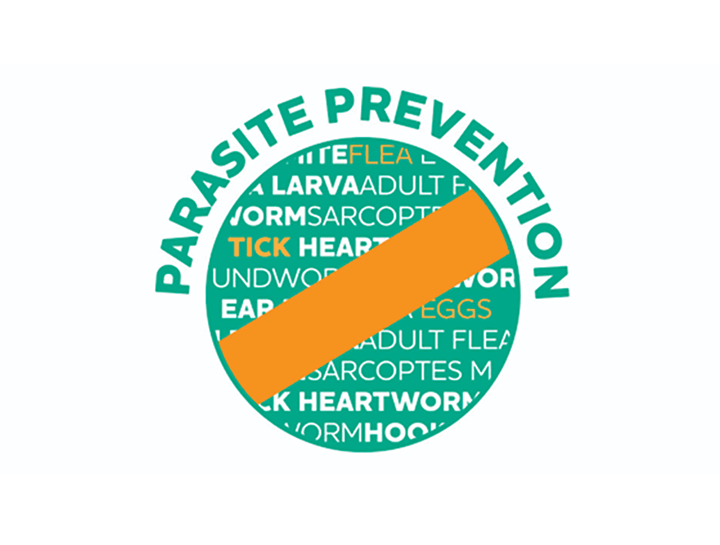Heartworm Disease

Most dog owners are familiar with heartworm disease. You know that the worms live in the heart, that we test the dog’s blood every year and that you give your dog pills every month, but do you really know what heartworm disease is?
Dirofilaria immitis, otherwise known as heartworm, is a complex parasite. It undergoes 6 different life stages requiring multiple hosts. Heartworm disease is primarily a parasite of canines, but has also been found in cats and on rare occasions, humans. Symptoms range from no signs at all to sudden death.
Adult heartworms live in the heart and the pulmonary arteries. There, they obstruct the blood flow. In dogs, a few adult worms may cause no clinical signs as the blood can flow around them. Several worms may cause labored breathing and heart failure. In cats, a single worm may be enough to cause death. Fortunately, heartworm is less common in cats since the healthy cat’s immune system is usually enough to destroy the immature worms.
The adult worms produce a larval stage called microfilariae. These microfilariae are what cause the significant danger when using certain drugs, since a mass die off of microfilariae in the blood stream can cause an anaphylactic reaction.
Mosquitoes bite the infected dog and ingest these microfilariae. In the mosquito’s body, they mature to the next stage. When the mosquito bites another dog, a droplet of infected saliva is left on the skin. The maturing microfilariae travel down the hole left by the mosquito and enter the new dog’s bloodstream.
This stage matures in the dog’s bloodstream for 4 – 6 weeks before progressing to the next stage. During this time, a once monthly heartworm preventative can safely and effectively kill the limited number of circulating microfilariae. Once they mature beyond this stage, an adulticide given during a hospital stay will be needed following x-rays and additional blood tests.
Migration to the heart and maturation to the adult stage take time. It may take up to 6 months from the time of the bite until the adult worms can be detected on a test. As adults, they will begin breeding and start the cycle over.
Prevention can safely be given after a negative test. Even if the dog is harboring heartworms in an early stage, they are not yet producing the microfilariae that can cause anaphalaxis. The next test, taken 6-12 months after monthly prevention, is the test that determines that the dog is truly negative. Cats, unfortunately, usually do not survive the number of adult worms it can take to result in a positive test, so can be placed on a preventative regardless of testing.
Continuous year-round prevention can almost eliminate the threat of heartworm disease in your pet, which is why the manufacturers guarantee their products if given correctly and will pay for treatment if the product fails. Annual testing monitors the effectiveness of the preventative treatment and is required for dispensing or administration of the products. Year-round prevention, as well as annual testing, is required for any of the guarantees.
